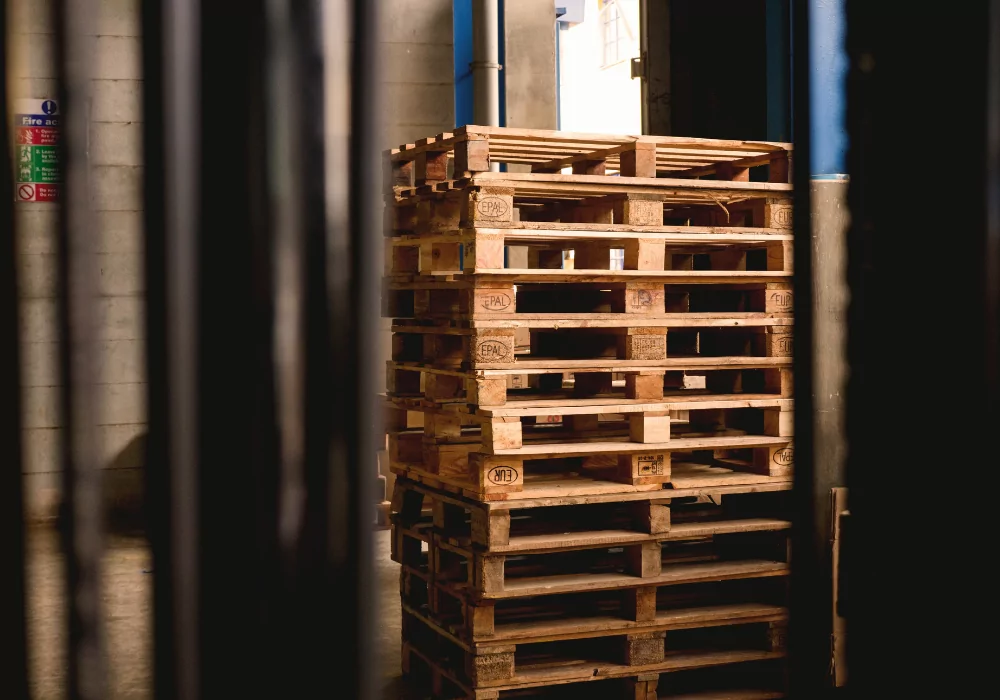Palette; It is important in the logistics sector because it is used in almost every link of the transportation chain from warehouse to truck, from river to train, from port to ship. Are you wondering what a pallet is? So let's explain.
Pallets are frequently used in transportation in the logistics sector. With pallets, materials can be ready at the right time, in the right quantity and at the right cost. Considering the importance of material flow strategy, it is possible to understand the increase in the use of pallets.
What is a pallet?
Pallet, which is one of the most preferred products in the field of logistics and transportation, is a transportation vehicle that facilitates the transportation and relocation of products by placing them under it. Palette; It is produced as wood, iron, plastic or cardboard.
Stacking or collecting parts and raw materials into a unit load ensures efficient transportation. This is where pallets come into play. Pallets, which are designed to transport many boxes and bales at the same time, are not used directly, but are used as transport vehicles.
In addition to providing fast and practical transportation, pallets save time, minimize manpower and eliminate the risk of accidents. Thanks to pallets, it is also possible to reduce packaging processes to minimum rates.
Pallet types and sizes
Pallet types and sizes are critical in the transportation industry. The pallets are 10 – 15 cm high and there is a 10 cm gap between the grids for forklift forks to enter and making the pallet movable. Pallets can be transported not only by forklift but also by pallet truck. Loaded pallets can be stacked up to a height of 5-8 meters.
Pallets can be both one-sided and two-sided. Single-sided pallets are used for loads that will be transported and stored in a single row, while double-sided pallets allow loads to be stored in series. Pallets are produced from various materials such as wood, chipboard, corrugated fiber, plastic and metal.
Plastic pallets carry a higher price tag than wood and chipboard pallets on the market; However, it is used in almost every sector due to the absence of the possibility of damage to the products and its long life. Plastic pallets are mostly preferred in the automation sector. Particleboard pallets are preferred because they do not have a piercing or damaging joint and offer a large space saving in terms of storage volume. Wooden pallets are very often preferred in storage and transportation areas, as they are environmentally friendly, long-lasting, economical and have certain standards in size.
The standardization of pallets differs from country to country. While pallets are produced as 800 mm x 1200 mm in Europe, they are produced as 1219 mm x 1016 mm in America. Around the world, 80 x 120 euro pallet sizes are preferred.
The meanings of the letters on the pallets
EPAL: Refers to pallets that comply with the standards set by the European Palletists Association.
ISPM15: Indicates the precautions taken against harmful insect formations.
EURO: Indicates that the pallet is of high quality, durable and repairable, which can be used for a long time.

